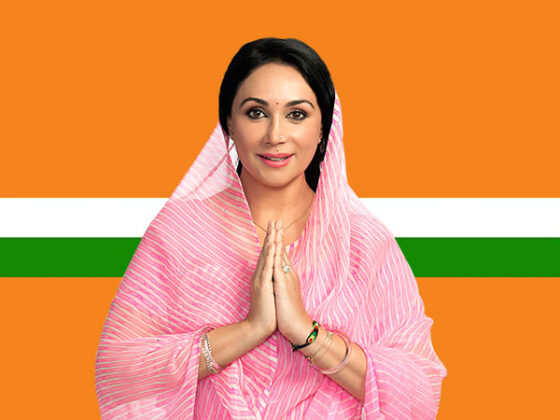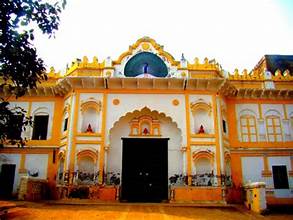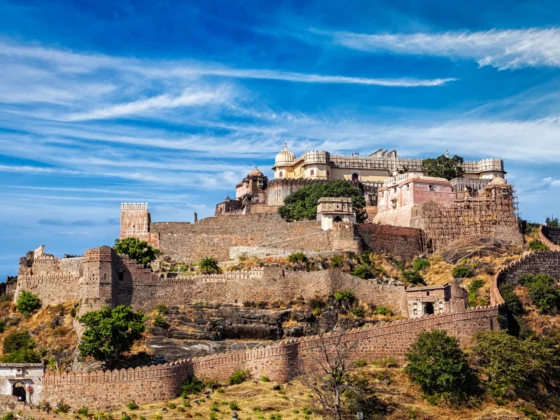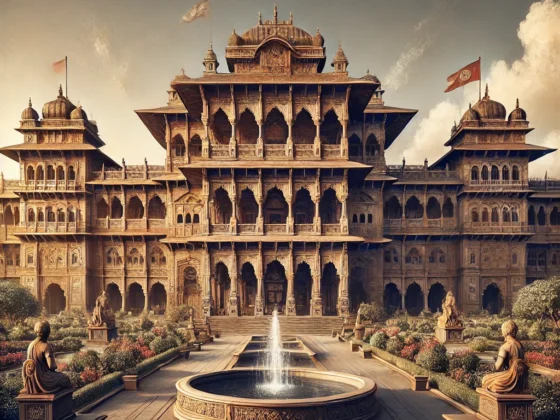Introduction:
History doesn’t live in textbooks alone—it thrives in traditions, family names, and stories passed from one generation to another. The Rajgarh royal family, proud descendants of the Umath Rajputs, continues to shape cultural identity in Rajgarh and Narsinghgarh. Even though they no longer rule, their legacy breathes through the customs, values, and leadership they offer today. The Rajgarh royal family in modern times continues to uphold cultural traditions, serve communities, and preserve their ancestral legacy across India and abroad.

Royalty Beyond Thrones – Preserving Identity and Culture
After India gained independence in 1947 and dissolved the princely states, the royal family of Rajgarh didn’t fade away. Instead, they evolved. Today, they serve not as rulers, but as respected cultural leaders and unifying figures across the region.
1. Custodians of Tradition
Members of the Rajgarh family actively participate in local festivals and religious events. They lead rituals during Narsingh Jayanti, deeply tied to their Umath clan roots. Traditional Rajput customs—such as gotra-based marriage decisions, clan panchayats, and ancestral rituals—still rely on the family’s guidance.
2. Symbols of Community Unity
The royal family often attends cultural functions, religious inaugurations, and community celebrations in Rajgarh, Bhojpur, and Narsinghgarh. Locals frequently invite them to mediate in traditional gatherings and settle disputes—proving their ongoing moral and symbolic leadership.
Modern Faces of the Rajgarh Royal Family
Though they no longer wear crowns, many descendants have entered public life and continue to contribute meaningfully to society.
👑 Raja Digvijaya Singh (Narsinghgarh Lineage)
A prominent member of the Congress party, Digvijaya Singh served as the Chief Minister of Madhya Pradesh and remains an influential Member of Parliament. Though linked more directly to Narsinghgarh, his ancestry connects to the broader Rajgarh–Umath dynasty.
🏛 Royals in Politics and Social Work
Several younger royals now serve in state politics, social welfare, and heritage preservation. They support restoration efforts, maintain private family properties, and work with NGOs to promote education, culture, and women’s empowerment.
The Rajgarh Diaspora – Taking Heritage Abroad
Today, many members of the Rajgarh royal family live in Bhopal, Indore, and Delhi, while others have moved abroad to countries like Canada, the UK, and the USA. Despite geographical distance, they continue to honor their roots by:
-
Organizing community events and religious festivals abroad
-
Supporting family tree documentation and oral history projects
-
Participating in global gotra-based cultural forums
-
Funding preservation of temples and ancestral monuments back home
Their contributions ensure the Rajgarh legacy reaches new generations across the globe.
Challenges of Modern Nobility
Living as a royal in today’s world comes with unique challenges. Many historic forts, palaces, and temples linked to the Rajgarh dynasty now face neglect and structural decay. While some receive community-driven support, others lack adequate funding or governmental help.
Additionally, land reforms and urbanization have stripped royal families of their ancestral estates and privileges. Younger family members sometimes struggle to stay connected to their heritage amid modern demands and lifestyles.
Yet, the Rajgarh royals continue to adapt. They blend modern education with traditional wisdom, ensuring that cultural values don’t vanish with time.
A Legacy That Lives in the People
The story of the Rajgarh royal family is not just about a lineage. It is the story of an entire region—the farmers who toiled, the artisans who built, the priests who prayed, and the people who stood by their rulers in times of war and peace.
This legacy belongs not only to the descendants of kings but to everyone who carries Rajgarh in their heart.
A Personal Tribute
As the granddaughter of a woman from the Rajgarh princely state, this article holds special meaning. It honors not just the historical achievements of a dynasty, but the deep emotional and cultural connections that remain alive in every story, ritual, and tradition passed on in Rajgarh homes.
By documenting the Rajgarh royal family in modern times, this article contributes to preserving a living heritage—one that continues to inspire community pride and cultural awareness.
Conclusion
The Rajgarh royal family in modern times proves that royalty is not defined by thrones or titles. It lives in leadership, service, and identity. From ancestral rituals to public life, the Rajgarh royals continue to influence and inspire. Their journey reminds us that legacy isn’t about holding power—it’s about holding purpose.
Let the Umath lineage and the stories of Rajgarh guide future generations in remembering not just who they were—but what they stood for.











